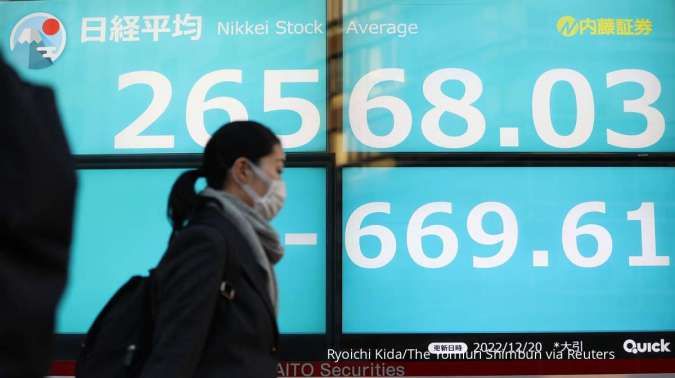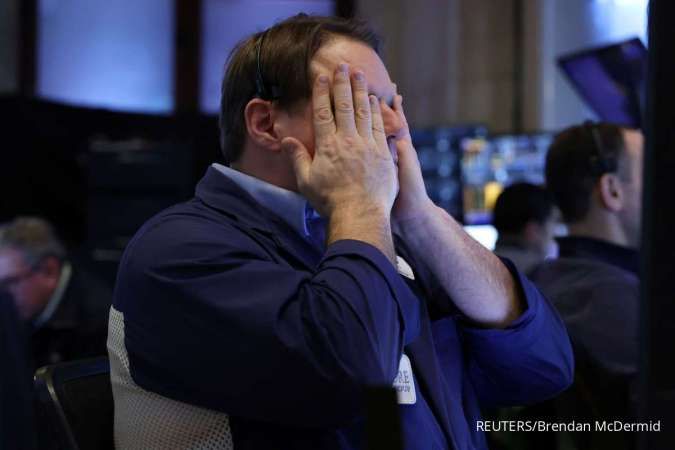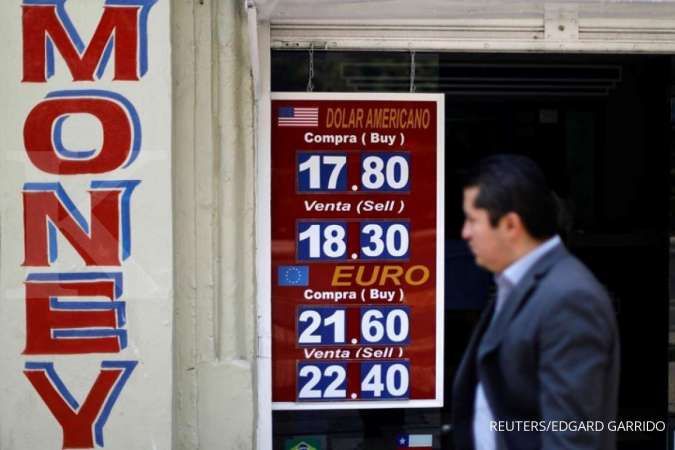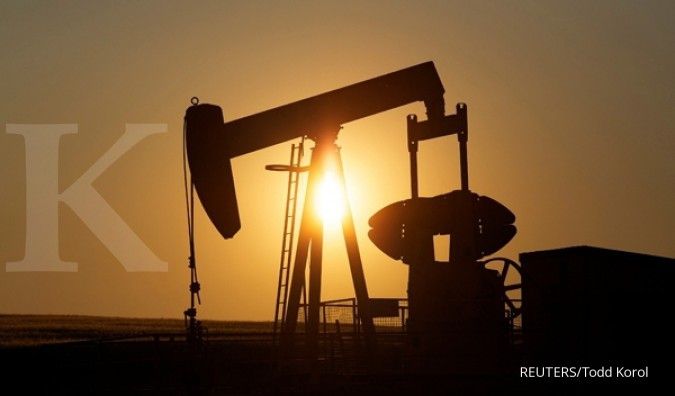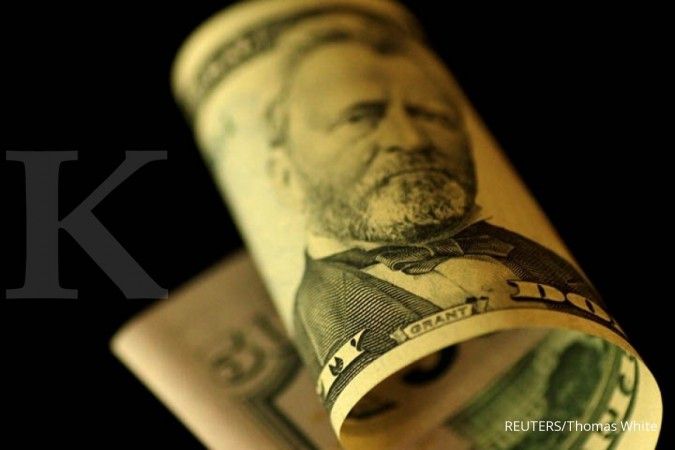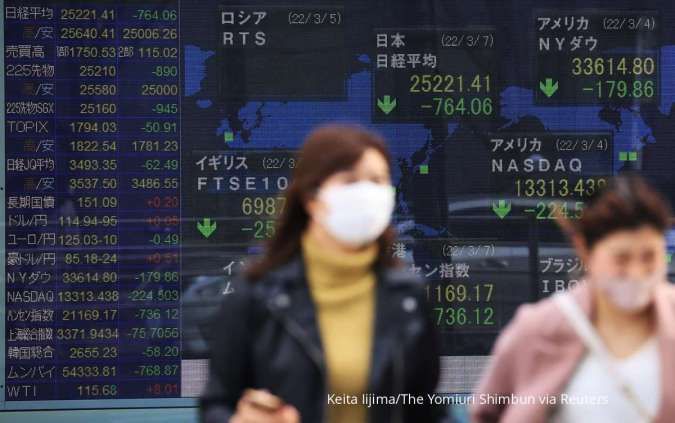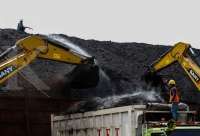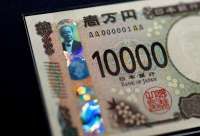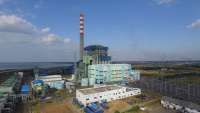GLOBAL MARKET - NEW YORK. Equity futures fell on Wednesday after the U.S. market close while safe-haven gold and bond prices rose as investors worried about U.S. President Donald Trump's announcement of 10% tariffs on all imports, with much higher rates for some trading partners.
S&P 500 E-minis stock futures initially rose after Wall Street indexes closed the regular session higher, but then lost ground as Trump went into detail about his tariff plans in a White House Rose Garden event.
S&P 500 futures fell 1.6% as Trump spoke while Nasdaq futures fell 2.4%.
Trump, who has referred to Wednesday as "Liberation Day", outlined a range of levies for different countries including 34% tariffs on imports from China, 20% tariffs on imports from the European Union and 24% on imports from Japan.
He also announced 25% autos tariffs covering cars, light trucks, engines and other auto parts.
Read Also: Trump to Escalate Global Trade Tensions with 'Liberation Day' Tariffs
"When the press conference first started the President said tariffs would start with a 10% baseline across the board. That was better than expected, which was why we saw futures rallying," said Chris Zaccarelli, chief investment officer at Northlight Asset Management in Charlotte, North Carolina.
"But once he got to specifics and started giving examples which were significantly higher than 10%, that's when futures turned around and went negative," Zaccarelli added.
"In the short run tariffs are going to increase costs and reduce corporate profits. If we have a reshaping of the economy, I'm sure markets will have a different judgment, but the short-term knee-jerk reaction is to the initial price hikes."
Investor focus on Wednesday had been firmly on the scheduled announcement of reciprocal levies.
Before the announcement, the Dow Jones Industrial Average had closed up 235.36 points, or up 0.56%, to 42,225.32, while the S&P 500 rose 37.90 points, or 0.67%, to 5,670.97. The Nasdaq Composite had ended the session up 151.16 points, or 0.87%, at 17,601.05.
MSCI's gauge of stocks across the globe rose 3.96 points, or 0.48%, to 836.11.
But some investors noted that the market's reaction going forward would depend on responses from U.S. trading partners.
Read Also: Trump Aides Weigh 20% Tariffs as Nervous World Awaits Trade War
"We've just got one side of the story, which is what we're doing. And the other side of the story is how other countries respond to what we're doing," said Walter Todd, chief investment officer at Greenwood Capital in Greenwood, South Carolina.
Todd said that would be "a big component to how the market ultimately digests what is being said right now."
Gold prices pushed closer to record highs, boosted by safe-haven inflows after the announcements.
Spot gold rose 0.64% to $3,130.38 an ounce. U.S. gold futures rose 1.3% to $3,159.30 an ounce.
In fixed income, U.S. Treasury yields fell, with two-year yields dropping to their lowest level in three weeks after Trump announced the tariffs.
The yield on benchmark U.S. 10-year notes fell 1.6 basis points to 4.14%, from 4.156% late on Tuesday. The 30-year bond yield fell 0.5 basis points to 4.5098% from 4.515% late on Tuesday.
The 2-year note yield, which typically moves in step with interest rate expectations for the Federal Reserve, fell 0.5 basis points to 3.858%, from 3.863% late on Tuesday.
In currencies, the dollar lost ground.
Read Also: FOREX-Dollar Struggles for Direction before Trump's Reciprocal Tariffs, Awaits Data
After the announcements, the euro was up 0.38% at $1.0834 while sterling strengthened 0.54% to $1.2989.
Against the Japanese yen, the dollar weakened 0.17% to 149.36.
In energy markets, oil prices, which had settled the regular session higher, lost ground after the tariff news stoked concerns that a global trade war may dampen demand for crude.
U.S. crude fell 0.27% to $71.00 a barrel after settling up 0.72%, while Brent fell to $74.07 per barrel, down 0.59% after settling at $74.95 per barrel. (
/2025/03/28/797070984p.jpg)
